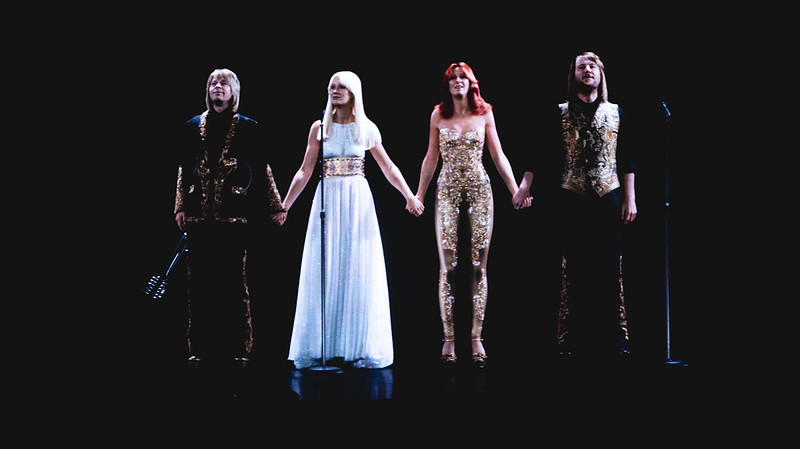
April 15, 2012. It’s a cool, clear evening in Southern California. It’s been a good day at Coachella. You’ve enjoyed music from Avicii, the Weeknd, Calvin Harris, and now you’re now watching the headline duo of Snoop Dogg and Dr. Dre. But midway through the set, the lights go out. Usually, this indicates the arrival of a special guest; the crowd bristles with excitement. And sure enough, out comes Tupac, who joins Snoop in a performance of Hail Mary and 2 of Amerikaz Most Wanted. For the festival goers partial to recreational drugs, this is presumably terrifying, given that Tupac has, at this point, been dead for sixteen years.
This was by no means the first example of a holographic performance – the technology was first used by a K-pop band back in 1998 – but the Tupac stunt brought the technique into the mainstream. It stunned audiences around the world. And while many were unnerved, many were overjoyed. Or at least intrigued.
The Tupac hologram promised a new opportunity for music executives. They’d long been exploiting dead artists for record sales – Elvis’ label have released more than 100 compilations and 12 Christmas albums since his death – but Coachella 2012 proved that the technology now existed to put on lucrative posthumous performances of people’s favourite artists. Dying no longer had to mean the end of your touring career.
Dying no longer had to mean the end of your touring career.
The following years saw a few similar one-off performances, but the concept was brought to a new level at the start of 2020, when Whitney Houston went back on tour, after a ten year hiatus in the afterlife.
Fast forward to the present day, and it seems that the technology has fully marinated. The smash hit that is ‘ABBA Voyage’ has given executives renewed optimism about holographic performances.

A similar experience will be coming our way later this year in the form of ‘Elvis Evolution’ and it seems inevitable that the same fate awaits George Michael, after recently revealed documents from his estate indicate that “activity at the group will broaden in the next one to three years to include live performances.” ‘Live’, of course, being a somewhat ironic term.
Criticisms of shows like ABBA Voyage rarely go past it being a bit lazy on the part of the artist, but when the technology is used to recreate dead artists, it is often condemned as exploitative and unethical. Evocative descriptions such as ‘ghost slavery’ and ‘hologram hell’ are thrown around. Understandably, many find it unsettling to see someone they know to be dead and buried, bouncing around on stage, seemingly full of life in front of their very eyes.
One point of concern is consent. Executives argue that they have the legal right to the material, and it’s true. But considering that this technology didn’t exist when, say Elvis died, it’s impossible to know whether musicians would have been comfortable with it. Many also find it disagreeable that, as the dead artists are obviously not in a position to claim any revenue, the eye-watering profits generated by these shows are enjoyed entirely by music executives and those with the fortune to be related to the deceased.
Ethics aside, some people just don’t find virtual performances engaging. Critiques of the Whitney Houston tour remarked on the lack of pre-show anticipation in the room, with everyone knowing the superstar wasn’t in the building. The technology can replicate a lot of things, but not that magic connection between performer and audience.
The technology can replicate a lot of things, but not that magic connection between performer and audience.
Defenders of these performances argue that they offer a fantastic and unique opportunity. For older fans, it gives them an experience they never thought they’d have again, and for younger fans, one they never thought they’d have at all. The technology is getting more realistic by the day, and for many, it is so convincing that they don’t really care that it’s not real. Many seem to go by the eternal maxim of Louis Walsh – if it looks like a popstar, and sounds like a popstar, it is a popstar.
A more nuanced take is that performances solely based off archival footage are fine, but when programmers start putting entirely fabricated words into artist’s mouths, such as Tupac’s “WHAT THE F*CK IS UP COACHELLLLLAAAA”, a line in the sand has been crossed.
As an increasing number of estates start cashing in on these new opportunities, the question of posthumous holographic performances continues to cause division. But whether we like them or not, it’s clear they’re here to stay.


